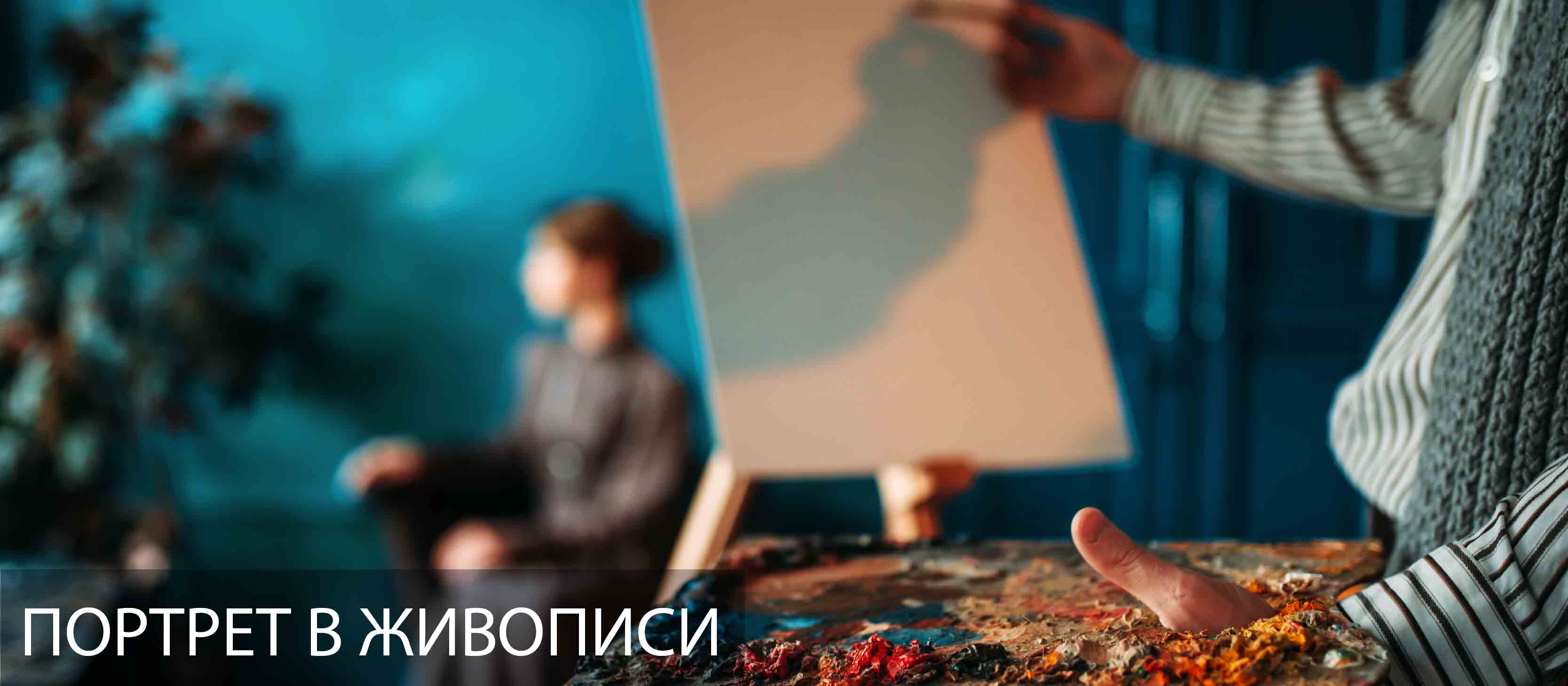
First of all, it is necessary to define what the portrait genre is in painting. A portrait is a form of depicting a person, where the main focus is on his/her face, and also conveys a person’s psychological state, social status and belonging to a particular historical era. Depending on the purpose of the portrait and the method of its creation, the following types are distinguished:
- ceremonial;
- chamber;
- costumed;
- collective;
- miniature;
- historical;
- walking portrait;
- family;
- religious;
- self-portrait.
Sometimes women, men and child portraits are also singled out as a separate type of the genre.
Also, portraits are divided depending on which part of the person's body they cover. In this regard, a portrait is distinguished:
- up to the chest;
- waist-high;
- thigh-deep;
- knee-deep;
- in full growth.
And of course, portraits differ depending on the painting style and the material used to create it.
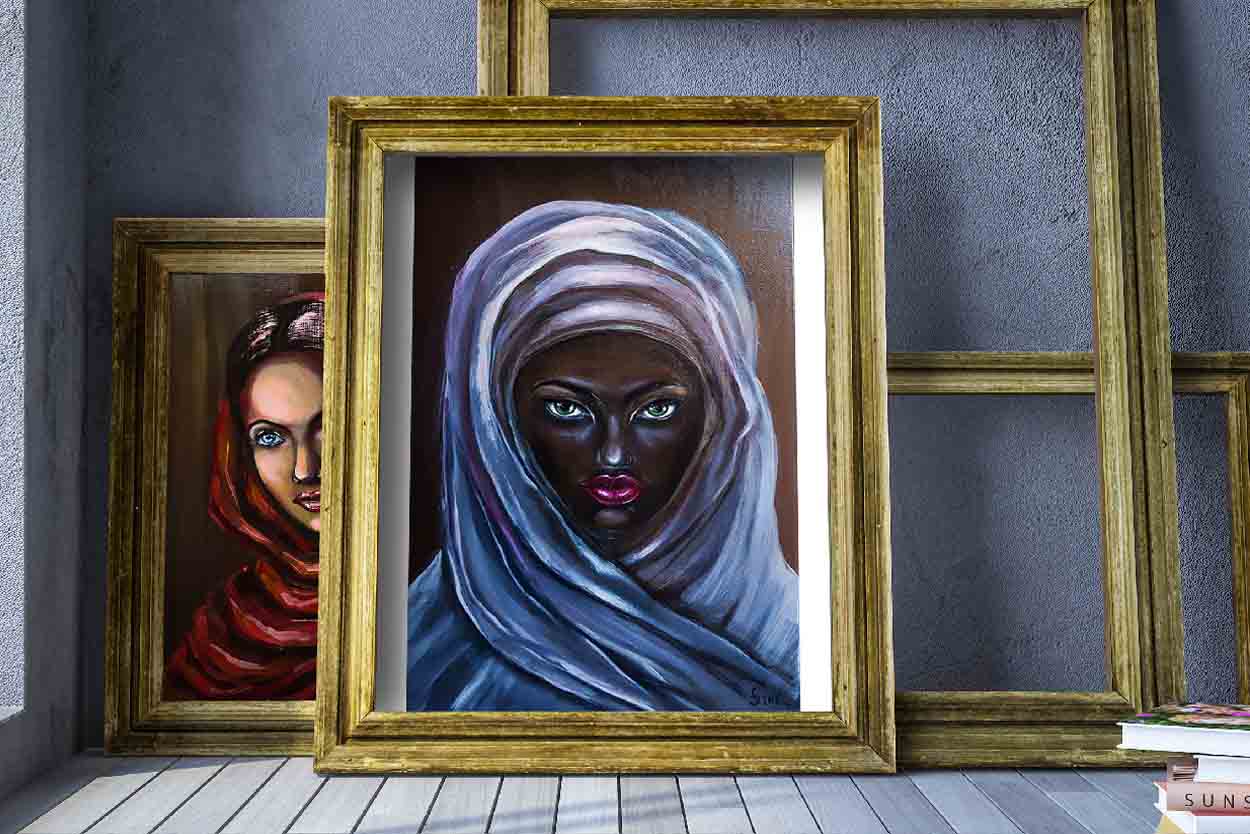
Portrait history
At the moment, the oldest drawing of a human face is an image found in the Villonerre cave, France. The estimated age of this portrait is 27,000 years. However, the birthplace of the portrait genre is not considered to be France, but the ancient Mediterranean civilizations, which include Egypt, Greece, Rome and Byzantium.
It is believed that the first portraits appeared there, as art was intertwined with the funeral rites of that time. However, the portrait genre was more in demand in sculpture than in painting, as evidenced by numerous busts and frescoes depicting noble and influential people of past epochs.
During the Middle Ages, portrait as a genre lost its relevance and was of an exclusively religious nature. In addition to images on icons, the artists painted portraits of mainly noble people, authorities and donors, who donated to the church treasury.
When the Renaissance epoch came, the portrait began to change significantly. Several key factors influenced this:
- Weakening of the religion influence.
- The emergence of new techniques in painting.
- Change of portraits in profile to front or three-quarters.
Moreover, it was during this era that various forms of portrait began to emerge. For example, chest-length portrait was particularly popular. They began to share in character: ceremonial and intimate. Also, marital and group portraits began to appear. However, they had a certain drawback: the background and the hero of the artwork seemed not to be connected with each other, which created a feeling of artificiality and, at times, inconsistency with reality.
In the XVIIIth-XIXth centuries, more and more often, portraits appeared not of noble persons and their families, but ordinary people in their everyday environment. This genre was becoming one of the brightest ways to express political and social views, as well as convey the mood and spirit of the era. Realism supplanted the deliberate pretense and idealization of characters, and impressionism focused on inner experiences of the moment, and not of the general social significance of the hero.
In the XXth century, the development of technology, the emergence of photo and video has a significant impact on the portrait genre, turning it into an irrelevant anachronism. After all, other ways of displaying reality have appeared. But the genre did not disappear, it was embodied in new stylistic directions, the task of which was not so much to reflect reality as to convey a psychological portrait of a person. Some of the most outstanding portraits of the XXth century belong to such artists as Amedeo Modigliani (portrait of Lunia Czechowska), Gustav Klimt (Adele Bloch-Bauer), Pablo Picasso (Paul as harlequin), Salvador Dali (Galarina).
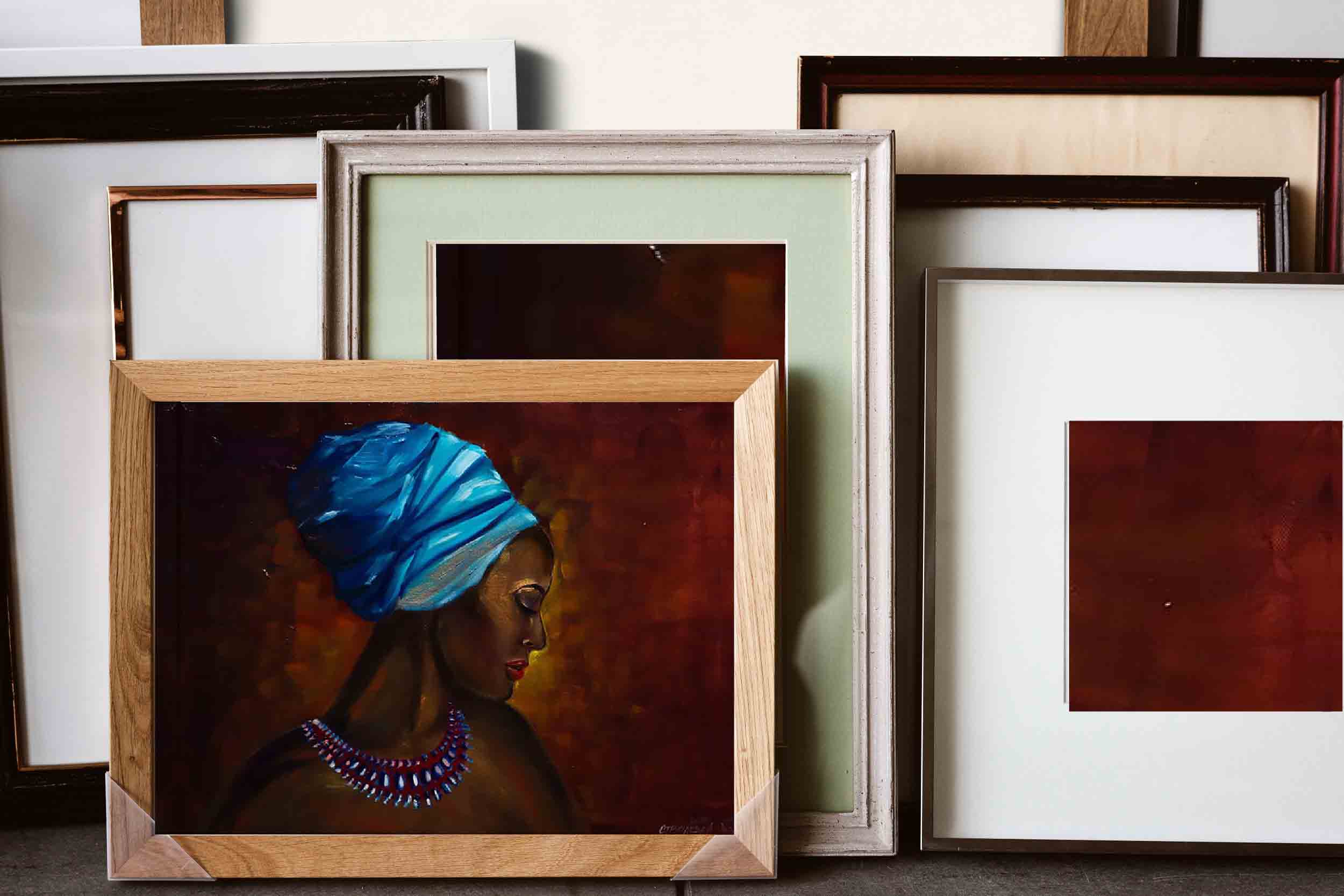
The place of portrait nowadays
If the portrait, as a genre of painting, only preceded photography and performed its function before the advent of technology, then in the XXth century it should have disappeared, which did not happen. It turns out that the purpose of a portrait in the modern world is broader than photography. This genre allows you to most vividly express your point of view with the help of painting and convey a certain semantic dynamics, which is quite difficult to achieve by resorting to other genres.
In today's world, even a child can take a portrait photo by pressing a single button on a smartphone. However, the portrait does not lose its relevance, because it allows you to capture a certain moment in the life of a person or a group of people. Also, the portraits of generalized images, which characterize the influence of socio-cultural and political phenomena on society, appear of particular importance. The most famous portrait painters of our day include Steve Hanks, Stephen Wright, Elizabeth Peyton and Fun Lidzun.
In the online gallery of oil paintings Struchaieva Art you can find paintings in the portrait genre in the series Life and Women Power. In these artworks, the author reflects male wisdom and female inner strength in various socio-cultural situations.
The gallery manager will answer all your questions and help you make the right choice.
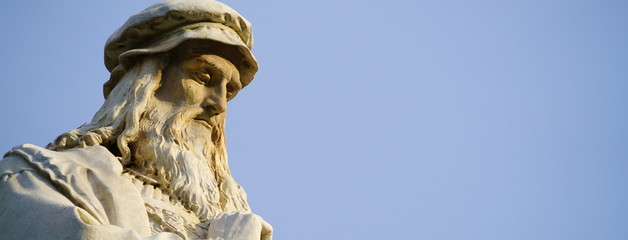
The earliest work of Leonardo da Vinci
A small painted tile caused quite a stir among the scientists of the art world. This is because some scholars believe that the recently discovered work is Leonardo da Vinci's earliest known work
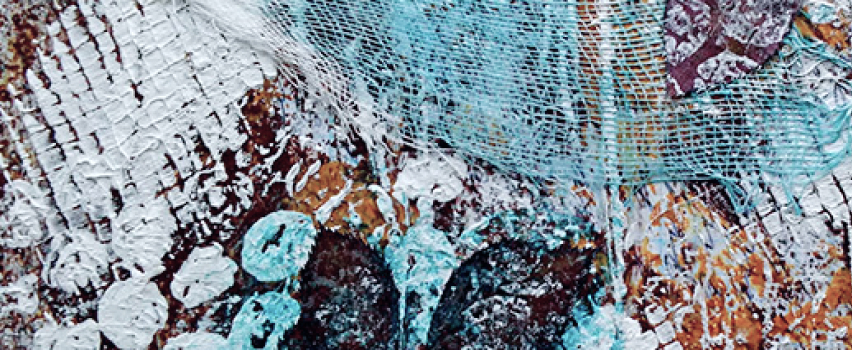
Interesting facts about painting
Paintings hold the secrets of the creator. Sometimes we manage to solve them, but many of them continue to be riddles, or simply stay unnoticed.












Thank you, your review has been sent successfully.
It will be posted on the site after moderation.